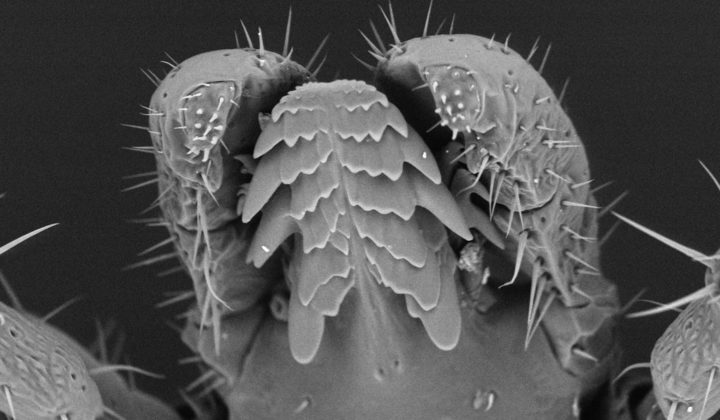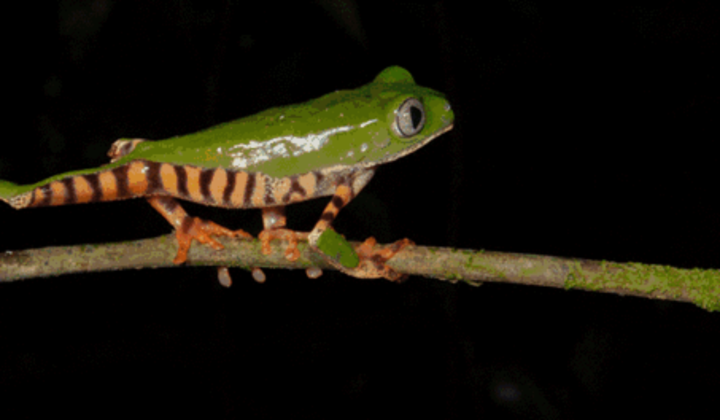Evertebrata Varia
Collection
Lower Invertebrates – “Vermes” – “Leuckart Collection”
The collection “lower invertebrates” within the Evertebrara varia includes various areas of the zoological system, from single cells (Foraminifera) to more highly developed worms (Annelida).
Platheminthes, Nemathelminthes (free-living and parasitic worms); Porifera (sponges) and Cnidaria (cnidarians, old coral sticks), tentaculata (tentacle bearers, wreath feelers) and Annelida (bristle worms) represent the main extent of the partly historically interesting collections.
Lately there has been an increase in foraminferen (Protozoa) and various objects of native Annelida.
There are some objects from Rudolph Leuckart’s collections (parasites and marine species). In 1869 Leuckart was called to the University of Leipzig as a professor, where he built a Mecca for parasitology until 1880.
Mecke, S., Mader, F., Bleß, L. & Ernst, R. (2020). Die “verschollene” Sammlung des Zoologen Rudolf Leuckart. Natur im Museum 10/2020
Abstract from the quoted article:
Parts of the lost collection of the famous German zoologist Rudolf Leuckart were located, identified and digitized in the Museum für Tierkunde, Senckenberg Naturhistorischeammlung Dresden. Among the 85 existing preparations there are many with high scientific value, including the type material (specimens giving the name that form the basis of the scientific definition of species) of the Australian smooth lizard Anomalopus leuckartii (Weinland, 1862), the sea feather Kophobelemnon leuckartii (Kölliker, 1872) and the human pathologically relevant fox tapeworm Echinococcus multilocularis, 1863). In addition, based on historical specimen copies from the year 1873 first records of the sea frog Pelophylax ridibundus (Pallas, 1771) and the moor frog Rana arvalis (Nilsson, 1842) are provided.
These finds make it clear that the archives of natural history museums are filled with an enormous variety of unique objects and historically grown collections and thus form an important infrastructure for research. Objects with often underestimated value turn out to be material of great scientific and historical importance on closer inspection.





